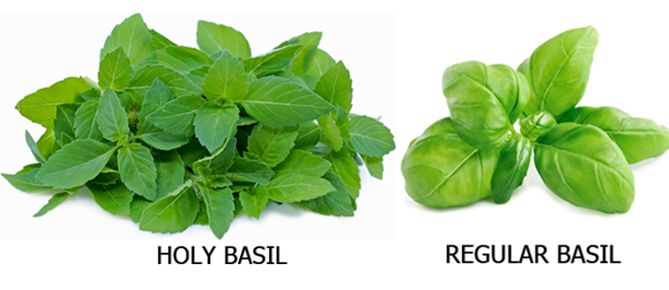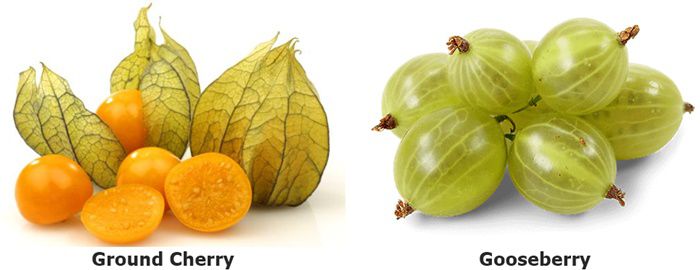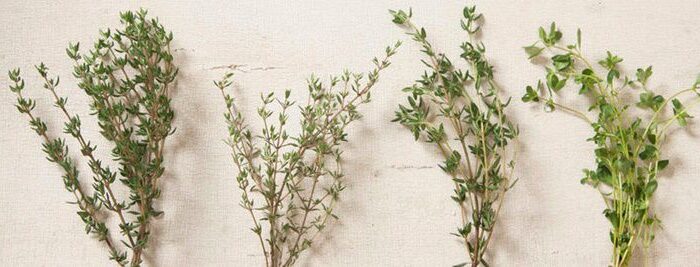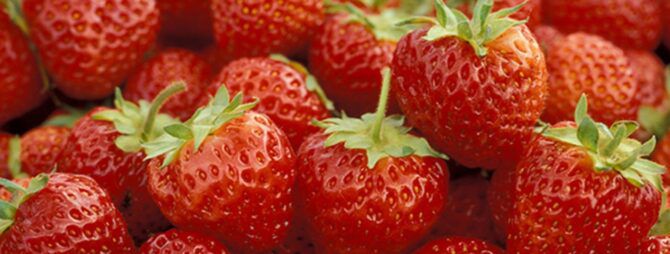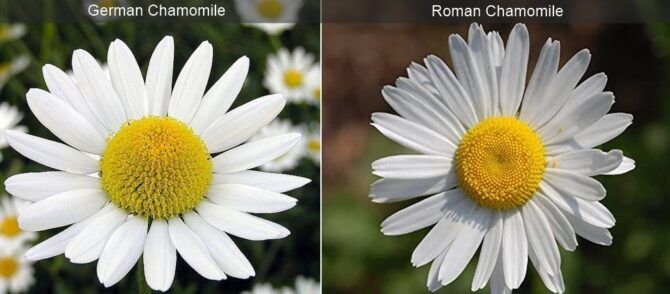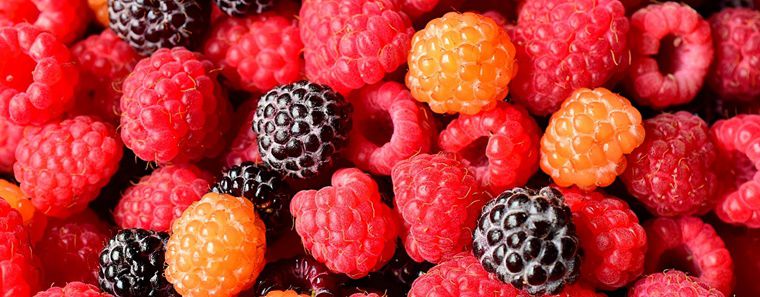Gardening Tips
Basil versus Holy Basil
Basil versus Holy Basil – similarities and differences explained.
The similarities between Basil and Holy Basil:
- Both belong to the Lamiaceae (mint) family.
- Both have antibacterial, antiseptic, and anti-fungal qualities.
- Both are used for culinary purposes.
Basil Overview:
- Basil Scientific name is Ocimum Basilicum.
- It is a culinary herb mainly used as a flavoring agent in various types of dishes in the world.
- The leaves have a sweet aroma and flavors vary from aniseed, to lemon and more, depending on the Basil variety.
- It is an Annual herb.
- It grows between 30–130 cm tall, with opposite leaves which are smooth.
- The major components in basil include linalool, estragole (methyl chavicol), anethole, eugenol, and methyl eugenol..
Holy Basil overview
- Holy Basil Scientific name is Ocimum Tenuiflorum.
- Although used in Thai cuisine and Indian cuisine, it is considered sacred in Hinduism, and it’s mainly used in Ayurvedic medicine for its medicinal properties.
- The leaves have an almost medicinal aroma and the flavor is very strong, often described as a peppery or comparable to licorice and cloves.
- It is a Perennial herb.
- It is an erect, many-branched bush, growing between 30–60 cm tall, with opposite oval-shaped shaped leaves, which are covered in hairs and often have slightly serrated edges.
- The plant contains numerous active compounds and the major compounds are linalol, eugenol, methylchavicol, methylcinnamat, linolen, ocimene, pinene, cineol, anethol, estragol, thymol, citral, and camphor.
Disclaimer
Medicinal Information:
All medicinal information on this website is for educational and informational purposes only and may not be construed as medical advice. The information is not intended to replace medical advice or treatment offered by healthcare professionals.
Seeds, Plants, Plant Cuttings, Geophytes and Dried Herbs:
In some countries and provinces, certain plants are deemed as invasive and are not allowed to be planted at all, whilst some plants are allowed to be grown only in certain areas or provinces. The onus is on you as the buyer to familiarize yourself with the regulations pertaining to your location, before purchasing any of our seeds, plants, plant cuttings, geophytes or dried herbs. We will not be held liable, should you purchase any seeds, plants, plant cuttings, geophytes or dried herbs. from us which are prohibited in your country or province.

